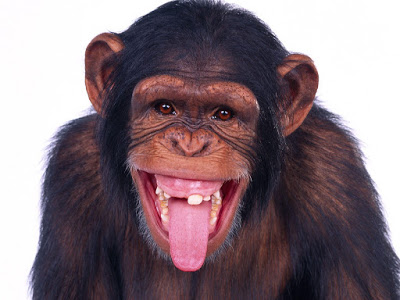Chinese markets will be closed next week for the Lunar New Year celebration. However, over the weekend, China will report its January reserve figures. The market suspects that the PBOC burnt through another $120 bln of reserves.

China’s reserves stood at $3.81 trillion in January 2015. There are expected to stand near $3.21 trillion as of the end of last month.
This draw down, coupled with its trade surplus and the pressure on the currency has led many to express concerns about capital outflows from China. While we recognize there have been outflows, we suspect the market is exaggerating the outflows and misunderstanding the outflows that are taking place. We make three points.
First, the dollar-value of the reserves are impacted by the change in asset prices. The easiest part of the valuation to grasp is the exchange rate. Suppose at the start of 2015 China had $1 trillion of its reserves in euros. The euro fell 10% against the dollar last year. If the PBOC did not do a thing, this would suggest a $100 bln decline in the value of the reserves. Of course, officials do not just keep the reserve in cash but invest in assets, particularly bonds. That has been to take into account as well.
Second, many observers confuse China’s merchandise trade balance with its current account balance. It is true that China runs a large merchandise surplus. In 2015, the merchandise trade surplus stood at a little more than $600 bln. However, China runs a service deficit and this offsets half of the merchandise surplus. The current account surplus stood at $271 bln last year.
Using the current account balance rather than the trade balance is more rigorous. It suggests that capital outflows were not as large as those who use the merchandise trade balance assume.
Third, the impression that many journalists and economists have is that the capital outflows are due to pessimism about the trajectory of the economy. We suggest that a good part of the capital outflows are actually a healthy development.













Leave A Comment